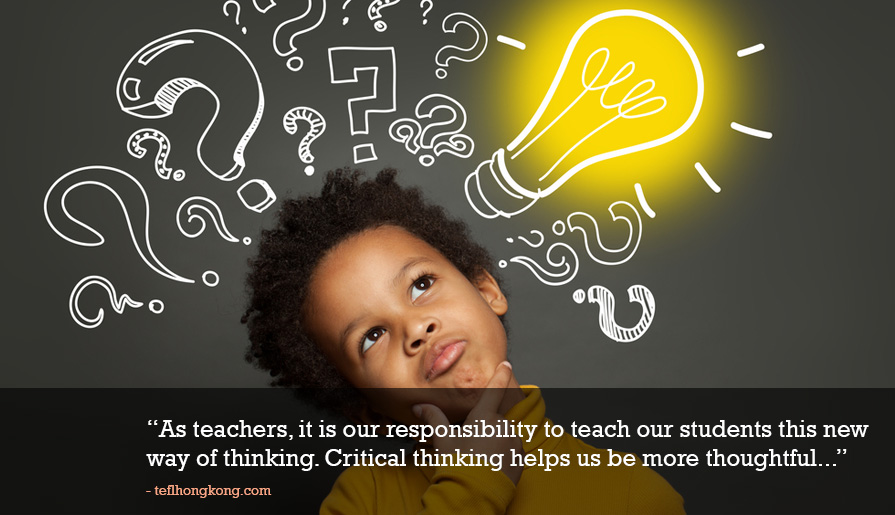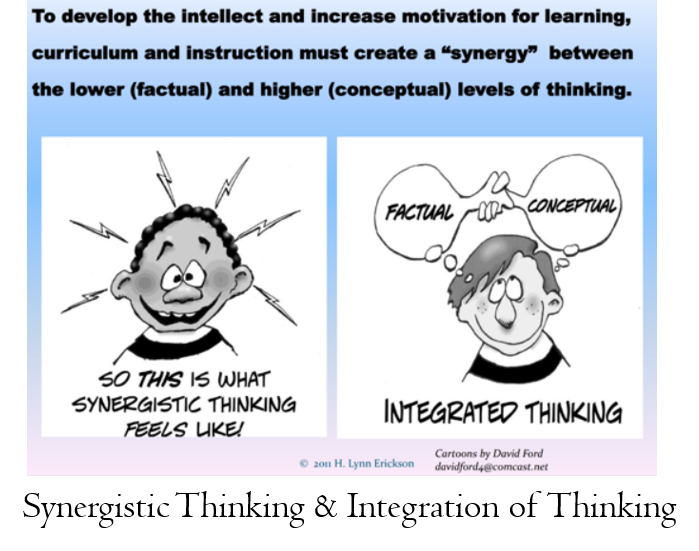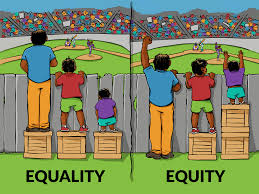What is CBCI?
Many of us grew up with the education practices of direct instruction with independent practice. We were taught to “sit and get” and regurgitate the information back on weekly assessments.
Concept-based curriculum and instruction(CBCI) has transformed learning to provide more quality and lifelong learning by emphasizing the need for deep understanding of concepts versus simply memorization. Concept-based curriculum and instruction is a three-dimensional approach that focuses on what the students know, understand, and can do after a lesson while traditional instruction focuses more on what students know and can do. Developing a deep understanding, the missing key in traditional curriculum, is essential in developing critically thinking adults and lifelong learners.

Want to know more? Check out video below on teaching conceptual understanding.
Why CBCI and How It Has Benefited My Classroom
As an educator, CBCI has influenced my thinking and evolved my style of teaching to best benefit my students’ needs. “Concept-Based Curriculum and Instruction for the Thinking Classroom” highlights some of the reasons why CBCI is so beneficial for this generation of learners.
With CBCI, less is more.
Often, as educators, we find ourselves in the struggle of trying to cover all of the standards with limited time to do so. CBCI encourages focusing on fewer items allowing time for students to focus on the information in detail so they are likely to remember it. (Sousa, 2011a, as cited in Erickson et. al, 2017, p.10) Curriculum should be organized in “important, transferable understandings” (Erickson et. al, 2017, p.10).
As a classroom teacher of 14 years, I have seen the importance of focusing on critical concepts and using them to dig deep and ensure my students not only know that information but understand it well enough to teach others and apply it to other disciplines.
CBCI empowers student ownership by promoting creativity and critical thinking.
When students take an active role in their learning, they learn and retain more because they are being personally invested and their motivation increases. (Erickson et. al, 2017). CBCI design focuses on merging lower and higher levels of thinking, also known as synergistic thinking. “Understanding requires knowledge, but goes beyond it.” (Ritchhart, 2015, as cited in Erickson et. al, 2017, p.10). Developing creative thinking skills in the classroom is essential.
Creative thinking is the starting point of the inventions and advancements around us. Erickson, Lanning, and French sums it up best by saying “The future of our world depends on the marriage of creative, critical, conceptual and reflective thinking” (Erickson et. al, 2017, p.10)

Challenging my students to be able to explain their thinking to others, write explanations, model their thinking, and teach others math concepts instead of just providing “the right answer” has been a powerful transition in the classroom from me being the keeper of knowledge to becoming a facilitator. This experience has not only transformed my students but also allowed me to see concepts in different ways and gain another perspective. I find my students pushing themselves further to discover multiple ways to approach a problem rather than settling for one way which sparks the curiosity of others and total engagement of the class.
CBCI develops transferable skills promoting retention of knowledge.
CBCI aids the development of skills that transfer to other contexts. Through CBCI design, students learn critical thinking, problem solving, and inquiry skills that they can apply to future situations. (Erickson et. al, 2017)
As I incorporate CBCI into the classroom more, I have noticed my students acquiring more advanced skills and communicating their learning at a higher level. My students are able to make connections between subjects and recall information longer.
My Unit Plan
Unit Title: Ecosytems: We are all in this together
Concepts: Interactions, Relationships, Interdependence
Topic: Food chains, Food webs, Invasive species
Unit Overview: My CBCI unit will be on ecosystems. My students will explore how organisms depend on each other for energy and how invasive species can affect ecosystems and the flow of energy. My students will make personal connections by finding examples of these situations in Ohio. My students will explore ecosystems through dissecting pellets, creating terrariums, and other hand-on activities that will give them an authentic representation of ecosystems.
Challenges that I anticipate
The challenges that I anticipate are language barriers that are present with my current group. My population of students includes ELL students, 3 of which are emergent English speakers. Despite this challenge, deep understanding is still the goal. I will anticipate this challenge by being prepared with a visuals and translations that may be helpful. I will also provide several opportunites to engage in the content in an interactive and hands-on purposeful way. I will utilize their ELL peers to help with translations and also advocate for additional resources and funds that would be helpful in fully executing this plan.
CBCI and TCE threshold concepts
Curriculum is more than standards, textbooks, or courses of study
- CBCI encourages students to transfer their knowledge to other contexts.
- CBCI promotes higher order thinking skills.
- The focus is on understanding rather than just memorization.
- CBCI is idea-centered to develop intellect and critical and creative thinking.
In my classroom, I have learned that our best conversations occur when we reach beyond the standards and textbooks. In order to develop our students into successful adults, they must be able to think for themselves.
Curriculum is co-constructed
- CBCI puts students in the driver’s seat and allows teachers to take a facilator role.
- Students share their thinking through inquiry based lessons allowing students to learn from their teacher and peers as well as the teacher to learn from the students.
- Students bring their background knowledge to the table as opposed to being seen as a blank slate.
- Learning is collaborative.
As a teacher, I look forward to learning from my students just as much as they learn from me and their peers. Providing opportunities for students to collaborate, reflect, and modify their thinking after effective feedback has transformed the dynamic of my classroom and empowered my students.
Want more information? Check out these blogs
https://www.thinkconceptually.com/blog/category/cbci
https://www.thinkconceptually.com/blog/exploring-cbci-in-the-classroom
Link to Twitter https://x.com/Mrs_Lampley/status/1708330820484648968?s=20
Link to Pinterest https://pin.it/6doNiTY
Resource
Erickson, H., Lanning, L., & French, R. (2017). Concept-Based curriculum and instruction for the thinking classroom. Corwin, https://doi.org/10.4135/9781506355382












 Real-World Connection: Globalization has allowed us to become more advanced with the way we move and our ways of communication should follow. With populations on the rise and over 6,000 spoken languages worldwide today, understanding is critical to how we see one another.
Real-World Connection: Globalization has allowed us to become more advanced with the way we move and our ways of communication should follow. With populations on the rise and over 6,000 spoken languages worldwide today, understanding is critical to how we see one another.
























